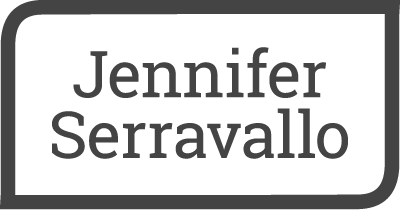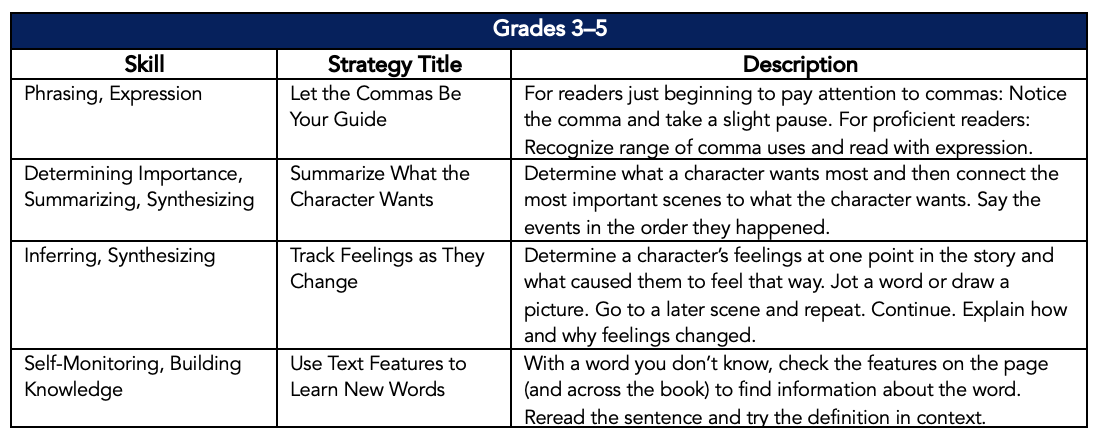Summer Prep: Recharge, Review, Reflect for Literacy Teaching Success this Fall
June 5, 2025
I’m often asked for suggestions about how teachers can use the summer to prepare for the next school year. First and foremost, I recommend enjoying your time with family and friends. Spend time doing what you love, find joy in every day, and really relax and recharge. And yes, maybe there’s some time each week you can devote to thinking about how you might best prepare for the upcoming school year so you’re ready from day one to start helping your students meet ambitious learning goals.
As a reader and an author, I’m a big fan of professional books. They are a budget-friendly way to dive deep into topics you’re most interested in learning more about, and the summer can be a great time to pore over something that’s been sitting in your TBR stack or online bookstore cart.
Since you haven’t met your students, it’s not terribly productive to spend hours designing specific lessons that may not address the learning needs of your students. However, you can spend your time strategically— reviewing grade-level standards, watching exemplary lessons, developing a repertoire of go-to strategies, reviewing and curating text sets, and in general getting ready to teach explicitly and with engagement. If these goals sound good, check out my newest book Teaching Reading Across the Day which can be your guide for all of this and more.
Reviewing Grade Level Standards
Even if you’ve been teaching the same grade for years, it’s always a good idea to review grade level standards and think about how you can best help all students meet their learning objectives. And if you are new to teaching a particular grade or subject area, it’s critical to understand how your students will be assessed and what success looks like. Below are some of the overarching questions I think about.
· What are the explicit teaching moves that will best support each standard or curriculum objective?
· What are the skill progressions that support each block of standards?
· What does research show are the best teaching practices to address each standard?
· Are there lesson types and literacy strategies that are more effective when teaching certain standards?
· How might I support students with skills that are typically challenging?
· How can I best meet literacy and knowledge goals across standards?
Watching Exemplary Lessons
I think seeing how real lessons play out in actual classrooms is just so helpful. Studying videos that show you what explicit, engaging teaching looks and sounds like for different lesson types can help you internalize structure and timing, responsive teaching moves, pacing, and flow for each lesson type.
You might follow these steps:
Step 1. Prior to viewing the video, you’ll want to study the lesson plan so that you know what the learning objectives are and how to determine if students are meeting those objectives.
Step 2. Watch the video with a critical eye. Can you identify the explicit teaching moves? Does the lesson go according to plan? When and why does it deviate from the plan? How does the teacher scaffold learning? How does the teacher pivot to meet unexpected student needs? How does the lesson map to the structure and timing guidelines? How does the teacher engage the students? How does the teacher assess in-the-moment if students are meeting lesson objectives?
Step 3. Go back and review the lesson plan. What worked well? What might be improved? How can you transfer what you learned to lessons you plan and deliver?
It can be hard to find exemplary video lessons with annotated lesson plans. My new book Teaching Reading Across the Day has nearly 4 hours of me teaching 22 lessons in real time in real K-8 classrooms. I invite you to watch one-minute excerpts of a couple of these videos included in the book: phonics/spelling lesson, close-reading lesson.
Developing a Repertoire of Go-to Reading Strategies
Now that you’ve reviewed the standards and watched some exemplary lessons, you can create a bank of go-to reading strategies for teaching various skills. I have over 300 of these strategies (with suggested lesson language, prompts, classroom charts, research citations, and more) in my book The Reading Strategies Book 2.0. I’ve listed a few examples below.
Creating Conceptually Coherent Text Sets
Review the texts included in your reading program or curriculum. Are there texts where you know you’ll need to build background knowledge? Are there texts with complex concepts? Are there texts that connect to science or social studies content? Research has shown that building text sets that are tightly concentrated on a topic and include various genres and formats helps build background knowledge, vocabulary, and connections between concepts. Include a variety of informational, narrative and poetic texts; a range of complexity, and formats (books, articles, and videos). Readers will encounter similar terminology, expand their understanding of the underlying concepts, and interact with texts through a variety of modalities. Some texts may be best for lesson structures (close-reading, guided inquiry, and focus lessons) with greater teacher scaffolding while others may be read independently and discussed in groups.
Wishing you a relaxing and fun-filled summer with some time (not too much) set aside for planning for the new school year. If my team or I can be of help to you this summer or in the new year, please reach out to us through the contact form on this website.




